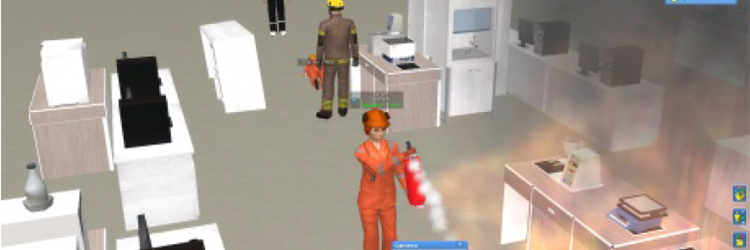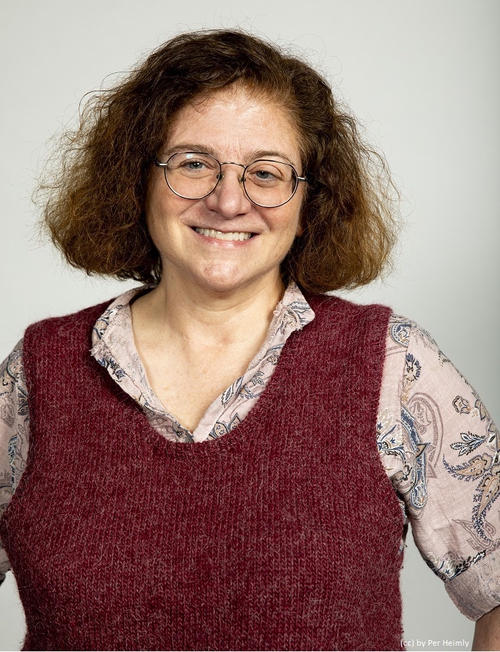In VR applications artificial environments are presented to users through VT in such a way as to allow the user to accept the environments as real (to some degree). AR differs from VR, in that it does not create an artificial environment, but rather overlays new digital information over an existing environment.
In the learning domain, when VT are applied they can offer the participant some “added value” through access to other participants or through affording better use of learning products or services, information and processes. VT can support 2D or 3D applications and services and may range from standalone tools, applications and services; to integrated learning platforms, sometimes called Virtual Learning Environments (VLE).
Historically, VT was intended to be applied to distance education, for example for students who are not physically present on campus. However, research on the design and assessment of VT increasingly show that VT can support and enhance learning processes regardless of the participants being co-present or remote. Applications of VT in the learning process include:
- Definition of learning tasks and modules
- Communication and collaboration between learners and between teachers and learners
- Cognitive and affective assessment of learners and teachers
- Simulations of physical world objects or relationships (e.g. buildings, floor plans, business processes, roles, personal identities, etc.)
- Innovations and design of new objects or relationships (e.g. same as above)
- This research group explores a variety of VT and its impacts in the Learning process.

DIMPE Erasmus plus Project (2021-1-ES01-KA220-HED-000022963, 2021-2024)
Digitalisation of Multilingual Programs inb the EHEA (DIMPE)
DIMPE will develop 6 AR (Augmented Reality) scenarios that will be pilot tested in three classes across participating organizations before being implemented to train 50 teachers and 300 students on salient cultural and linguistic values, pragmatics and communication. The aim is to develop scenarios that will promote communicative and intercultural competence, as well as promote acceptance and understanding. AR has been selected because it is immersive, engaging and merges real with virtual settings. The UNITY game engine and other software will be deployed for their development. Customizable training support will be provided to students and teachers to enhance the quality of training offered by multilingual programs and students’ and teachers’ experiences.
The AR scenarios will guide lecturers in adopting culturally relevant practices that draw on: (i) pedagogical, (ii) linguistic, (iii)cultural and (iv) paralinguistic constructs. Second, enhanced intercultural understandings and culturally relevant teaching techniques will help enhance the quality of multilingual programs, establish a better connection with students and guide students in transferring these practices outside the classroom context.
Presentation of the Project at Norgesuniversitetet
Augmented Reality in Formal European University Education (AR-FOR-EU) (2017-2020)

AR-FOR-EU is a consortium of five partners with complementary research & education expertise and a track history of successful collaboration. In order to build solid courses in the field of AR, we combine expertise on the subject (AR, WT, Human-Computer Interaction – HCI, Computer Vision – CV), pedagogy (learning sciences, instructional design), and technology enhanced learning – TEL (suitable learning approaches, digital OERs, MOOCs). See codereality.net for information on this project.

